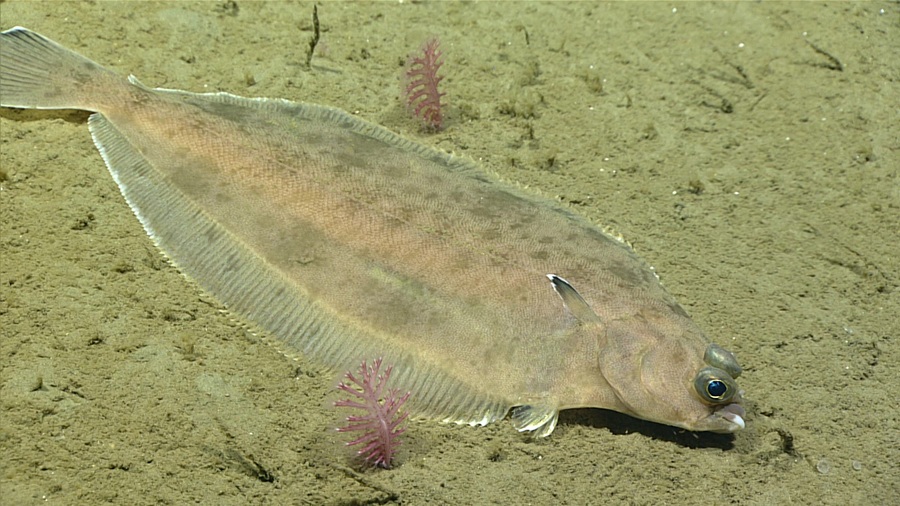Another weekend storm has hampered our efforts to get out there and go fishing. This time, south to southwest winds gusting to 35 m.p.h. and rain stifled any idea of venturing offshore.
Still, I have some good news about what’s in the bay right now.
Striped bass fishing is beginning to improve dramatically as more fish filter in from the south. Billingsgate Shoals seems to be the early season hot spot, which is what we have come to expect. Capt. Nico Pace of Cape Tip’n reported limit catches of slot-size fish and great top-water action on bass at the north end of the shoals all week.

Flounder fishing remains steady down in the south end of the bay off Sesuit Harbor, and mackerel are just about everywhere. There are reports of scattered bluefish catches along the Cape’s south shore and in Buzzards Bay. We are still waiting for the squid run to begin in our harbor. All we need now is for the weather to cooperate and we’ll have the makings of a late but solid start to spring fishing.
NOAA has just updated the recreational bluefin tuna regulations, and a lot of private boat owners and charter boat captains are not happy. What’s hard to understand is that the change seems to shift the pressure from medium and large fish onto smaller fish.
Private boats with a Highly Migratory Species permit can take only one fish per day or trip — that number was the same last year, but what’s changed is the size. Last year, that fisherman could harvest a schoolie (27 to 47 inches) or a medium to large tuna (up to 73 inches). Now it can only be a schoolie; harvesting the medium or larger fish is not allowed.
Charter boats with a HMS permit that used to be able to take one fish of any size from schoolie to large, so 27 to 73 inches, can now take two schoolie fish (27 to 47 inches).
Bluefin tuna have long lifespans — 20 to 25 years. They reach three feet in size and sexual maturity at around the five-year mark. Trading a regulation that allowed for the harvesting of one sexually mature fish for two sexually mature fish makes zero sense to me. These are the fish that represent the health of future generations.
The official explanation from NOAA suggests that the new rule will give more people the chance to catch a fish. The adjusted limits, the agency says, are “intended to provide a reasonable opportunity to harvest the available angling category quota and subquotas without exceeding them, while maintaining equitable fishing opportunities.”
Maybe these rules favor the commercial industry, but it’s hard to tell as those rules change so often throughout the season.
The adjusted limits take effect on June 3 and extend through Dec. 31, although they can be modified. That is, there could be further adjustments to the retention limits, or they could decide to close the fishery entirely. We’ll have to see how it goes.
More to keep in mind for those gearing up for tuna fishing: These new regulations are for the entire East Coast; targeted bluefin fishing is not allowed at all in the Gulf of Mexico. Besides needing that HMS license, fishermen should keep in mind that every bluefin tuna harvested must be reported using the HMS catch reporting mobile app, which can be downloaded from the NOAA site or by calling 888-872-8862 within 24 hours of the catch.



